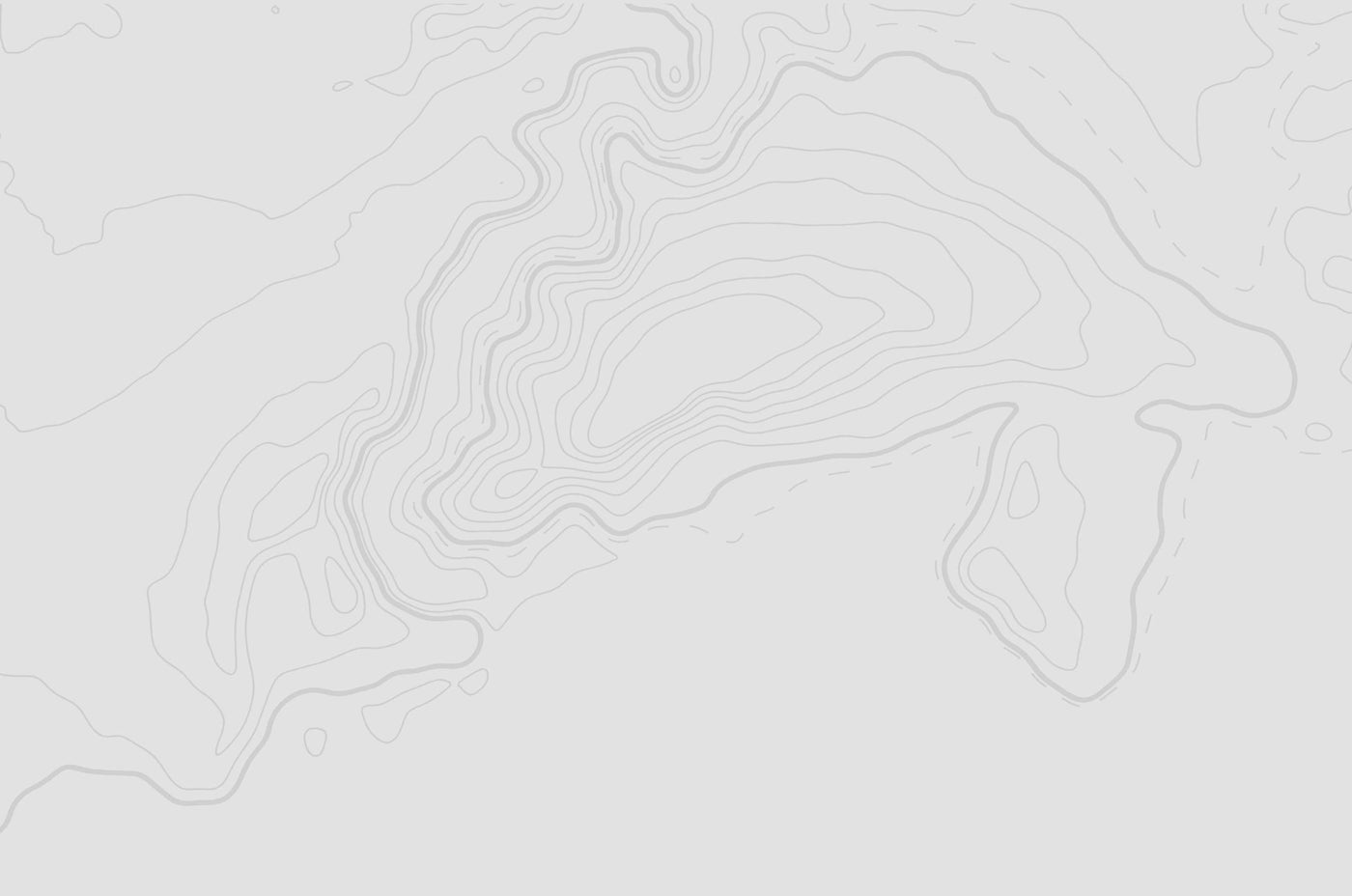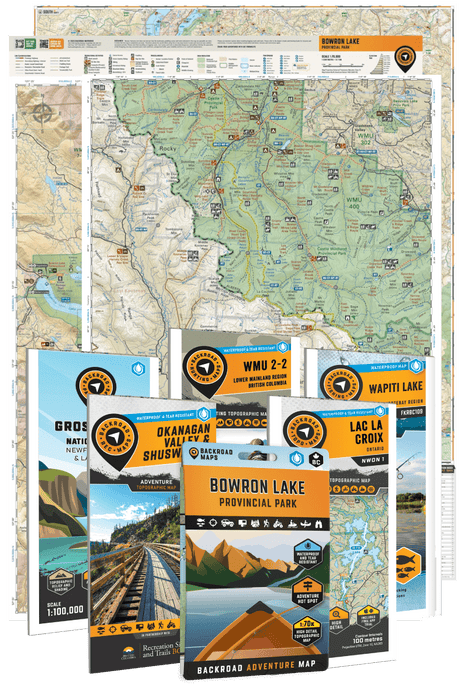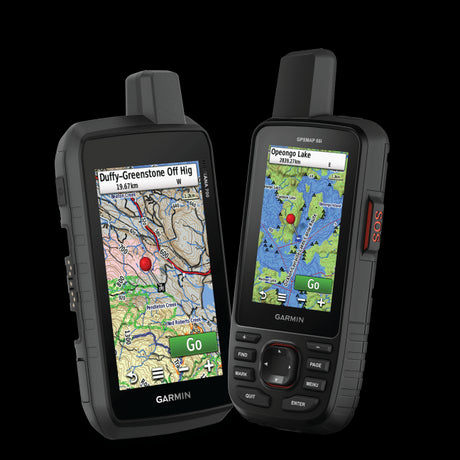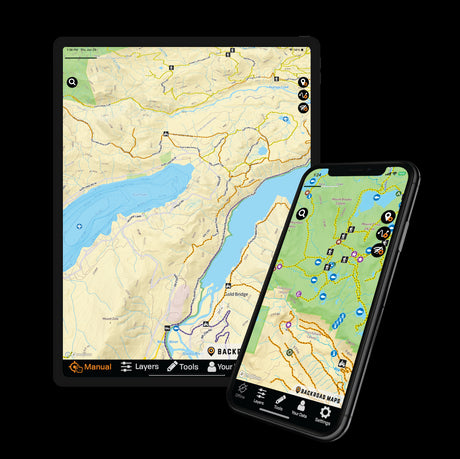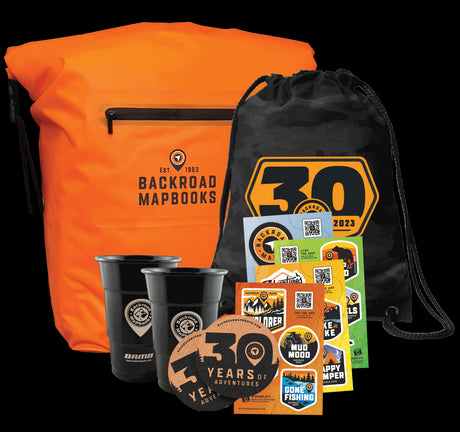While the National Parks; Banff, Jasper, Kootenay and Yoho, steal all the glory when it comes to tourist destinations, those looking to get well off the beaten path and explore nature at its finest will find plenty of exciting destinations in the provincial parks which make their way along the Great Divide. It is time to give these other parks some love! While providing much more of a challenge to visit, the rewards are unparalleled scenery and wildlife found throughout the remote unspoiled landscape.
Height of the Rockies Provincial Park
There are no roads that enter Height of the Rockies but there are seven trailheads and four mountain passes that access the provincial park. A number of routes here are often explored by equestrians. Highlights in the park include Queen Mary Lake which sits in the shadow of the Royal Group of mountains. Accessed from the Palliser River Forest Service Road, spectacular scenery includes a hanging lake and a 300 metre (1,000 foot) cascading waterfall. The Limestone Lakes are another great spot to visit. Consisting of nine lakes in total, ranging in colour from clear blue to bright green, the plateau the lakes sit on is populated with mini-hoodoos. Connor Lake is easily accessed off Elk River Forest Service Road from the south and is a great cross-country ski and snowshoe destination in the winter.

Elk Lakes Provincial Park
Another park with no road access, most people looking to explore Elk Lakes head south from Peter Lougheed Provincial Park or enter on trails off the Elk River Forest Service Road. The Great Divide Trail weaves its way through the park and past the Upper and Lower Elk Lakes, a great spot for cutthroat and bull trout fishing. One of the most scenic trails is the Cadorna Lake Route. This is a challenging trek which provides access to a number of climbing routes as it makes its way through Coral Pass. Running off the main trail are out and backs to Wolverine Lake, Abruzzi Lake and Petain Falls, all offering some great wilderness destinations.

Peter Lougheed Provincial Park
Established in 1978, Peter Lougheed is the only Alberta provincial park in the Rocky Mountains and this may be the most accessible of all the provincial parks along the Alberta/British Columbia border. Highway 40 runs up the east side of the park while the Dorrien Spray Road winds its way through the heart of the park. Routes off this backroad are extremely popular with cross-country skiers and snowshoers during the winter months. The 13 km (8 mile) Burstall Pass Trail, easily accessed from Canmore, leads past glaciers and streams and is an awesome destination, summer or winter.
The Great Divide Trail enters Peter Lougheed from Elk Lakes Provincial Park in the south and passes through the Kananaskis Lakes heading northwest, making its way into Height of the Rockies Provincial Park. Out and back overnight trips off the trail include Aster Lake, Three Isle Lake and past Lawson Lake to Turbine Canyon, a unique rock formation which can be explored in both directions from the trail.

Mount Assiniboine Provincial Park
Mount Assiniboine Provincial Park butts right up against the Alberta border and the southwest corner of Banff National Park. The Great Divide Trail travels through the park, entering at the Assiniboine Pass and weaving back and forth across the Alberta/British Columbia border before leaving the park for good at Simpson Pass in the north. There is some phenomenal hiking and horseback riding (permission required) opportunities in the park which feature a perfect combination of high elevation lakes and meadows surrounded by snowcapped mountains.
The scenic Lake Magog is a perfect basecamp to explore the many routes that radiate out from the campground. The Wonder Pass Trail leads past Wonder Falls, with a trail heading over Assiniboine Pass and routes to Sunburst and Cerulean Lakes and up Sunburst and Nub Peaks. Mount Assiniboine and its neighbouring ridges, faces and peaks offer world-class climbing for experienced mountaineers.

Mount Robson Provincial Park
Right up against the Alberta border and Jasper National Park, Highway 16 runs southeast to northwest through the park offering jumping off locations for backcountry travel. Mount Robson is the highest peak in the Canadian Rockies and part of the Rocky Mountains World Heritage Site. Climbers come from around the world to attempt the 3,954 metre (12,972 foot) peak.
The Moose River Route begins near Rainbow Canyon and heads north into Jasper to meet the North Boundary Trail which leads into the Willmore Wilderness and Kakwa Provincial Parks.
The highlight of this park however is the Berg Lake Trail. What you lose in solitude on this busy 23 km (14 mile) trek is more than made up for in scenery; Mount Robson, Berg Lake and Kinney Lake. There are seven backcountry campgrounds along the route and a number of great side trails. Reservations are required to hike the trail.

Willmore Wilderness Provincial Park
Home to a blend of soaring peaks, high alpine passes and raging rivers, Willmore Wilderness more than lives up to its name. While some travelers enter the park via Mount Robson Provincial Park or Jasper National Park, there are three main staging areas to the east; Rock Lake, Big Berland and Sulphur Gates, all accessed off Highway 40 and all of which offer jump-off campgrounds.
The park has over 700 kilometres (458 miles) of multi-use trails, some well-defined and others that are overgrown and lead nowhere. Backcountry wilderness travel experience is definitely required. Many routes are intertwined and many offer loop options.
Highlights of Willmore Wilderness include the Hardscrabble Trail, a seven-day trek from Rock Lake, the Glacier Pass Trail and the Sheep Creek Trail which parallels the Smoky River and offers an extended hike by following the Jack Pine Trail southwest to Ptarmigan Lake.

Kakwa Provincial Parks
The most northern of the Rocky Mountain parks, these two parks butt up against each other with the Kakwa Wildland Provincial Park on the Alberta side and the Kakwa Provincial Park on the British Columbia side of the border. The region consists of towering mountains, foothills and meadows along with numerous streams and rivers. The Two Lakes Road running south from Grande Prairie offers access to the Alberta side, the rough 75 km Walker Creek Forest Service Road on the BC side. Likely because of the challenging access, these parks are often underutilized.
To the north of Kakwa Wildland is the spectacular Kakwa Falls and a great loop can be completed following the Kakwa River Trail to the lower falls and then south, wrapping back around and over Frances Peak and through Deadhorse Meadows on route back to the trailhead.
Numerous trails radiate out from the Kakwa Lake Trail in BC including treks to La Glace Lake, Jarvis Lake and Moonias and Cornish Passes. The Great Divide Trail makes its way into the park from the Willmore Wilderness, with its northern terminus at Kakwa Lake.
Those exploring these parks will find plenty of wildlife, from grizzly and black bear to mountain goats and sheep, moose, elk and more. Always respect these animals and give them a wide berth, satisfied you were able to see them.
Almost all of the backcountry lakes and rivers see very little traffic so expect fishing to be great. Look for brook, brown, bull, cutthroat and rainbow trout, dolly varden and rocky mountain whitefish depending on location. Come prepared to take advantage of a freshly caught dinner.

Interested in exploring some of these “off the beaten path” Rocky Mountain parks? Pick up a Canadian Rockies Backroad Mapbooks or the BRMB Maps App and Web Map and start planning your adventure!

